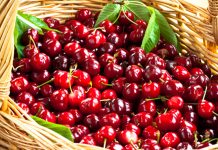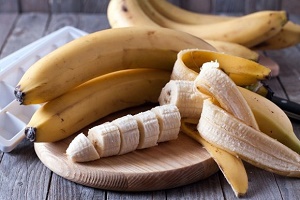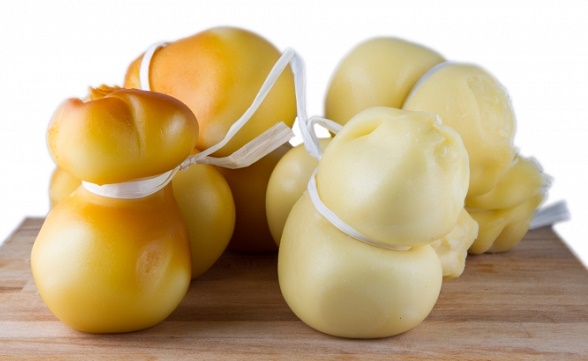
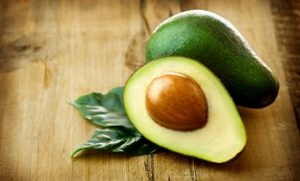
Description
The avocado is the fleshy fruit of a tropical plant belonging to the family of “Lauraceae“, such “persea”, an American species. This food rather unique, from the nutritional point of view, he disputes.
The word avocado comes from the Spanish “aguacete” and even before the noun “ahuacat” which means testicle, because this plant is generated in pairs. This plant was discovered in Europe during the Spanish patrol in the Americas.
The dimensions of this fruit are very noticeable, in fact can reach 20 cm in size for a pound of weight. Its size and its shape, reminiscent of that of eggplant, although the color of its skin, tends to dark green and its surface unlike eggplant, can be wrinkled.
The receptacle avocado is light in color tending to yellowish, with the presence of intense green shades, while the inner seed, which is large and unique, is of brown color, very heavy with the typical shape of a drop.
One very important thing to know is that this fruit, ripe only after harvest. An avocado plant can reach up to 200 years of life and are up to 10 meters. The foliage present, are constituted by numerous very broad leaves of dark green color, while the trunk of the plant, has a very clear bark, which tends to yellow-beige. The fruits are born from tiny holes of a pint yellow and media produces about 400 avocados annually.
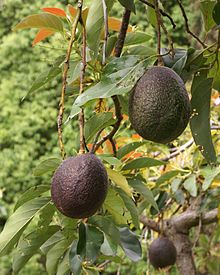
The varieties of this fruit are numerous and the most widespread, it is definitely the “Hass” which covers approximately eighty percent of world consumption, and is a hollow shaft. The avocado was born in Central America to Mexico and the Andean region. To date the largest producers as well as being the source countries, especially Mexico, are some countries of South America and Indonesia. From what we have just mentioned, it is therefore easy to understand that this plant needs a sub-tropical climate, very warm and not rigid.
Characteristics and nutritional values
The advocated unlike what is believed, is a fruit with a lot of calories and is rich in fat. This is because it has a lipid composition with a strong presence of monounsaturated oleic acid and also of lipophilic molecules which are attached. However, each individual fruit of avocado has about 400-500 kilo-calories that are far too many.
The avocado fruit has been used in many researches in medical and nutritional field and one of these studies was conducted by Garg, who observed the effects of fat in diets where there was taking from the avocato. No wonder it is low in carbohydrates, in a sample of blood of people with diabetes and hypertriglyceridemic. The final results have been positive, since they have led to a marked decrease in the levels of triglycerides in the blood.
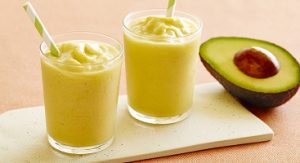
This fruit, would also be very useful in the fight to hypercholesterolemia, in fact a study in Mexico has observed how the use of avocado effects in samples of subjects suffering from this dyslipidemia, have had very positive feedback.
Among the many benefits that this fruit can have for our body, we must add, that it is a rich source of potassium and magnesium. These two important minerals, may be able to keep under control the levels of blood pressure, preventing the risk of hypertension. From the point of view of the vitamins, we must remember that the avocado has a high content of folic acid, essential for the growth and development of the fetus in pregnant women. In fact, if the woman was deficient in this vitamin, the unborn child, could have serious problems. Avocado is a good source of vitamin E, a powerful antioxidant which is also useful for our body.
Animal toxicity
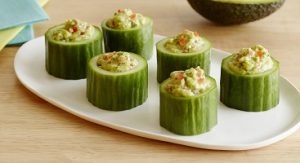
The leaves, bark, fruits and seeds containing in the avocado, have been documented as toxic and harmful to animals. Dogs, cats, birds in general, goats, rabbits, fish, can suffer serious damage or even die, if they consume this fruit.
The whole avocado plant, in fact contains a derivative of the fatty acid, a highly toxic by the name of “Persin“, which on the contrary, is harmless to humans.
It can cause colic and strong mastitis for horses, goats and cattle, if timely measures are not to be employed by means of medicines and these disorders, they could even lead to death of the animal. The symptoms of poisoning in dogs and cats include irritation to the gastrointestinal tract, vomiting and diarrhea. As regards the birds in general, they appear to be particularly sensitive to this toxic compound, so as to cause him difficulty in breathing, congestion, the plumage loss, apathy and accumulation of fluid around the heart tissue which in turn may cause asphyxiation and death.

